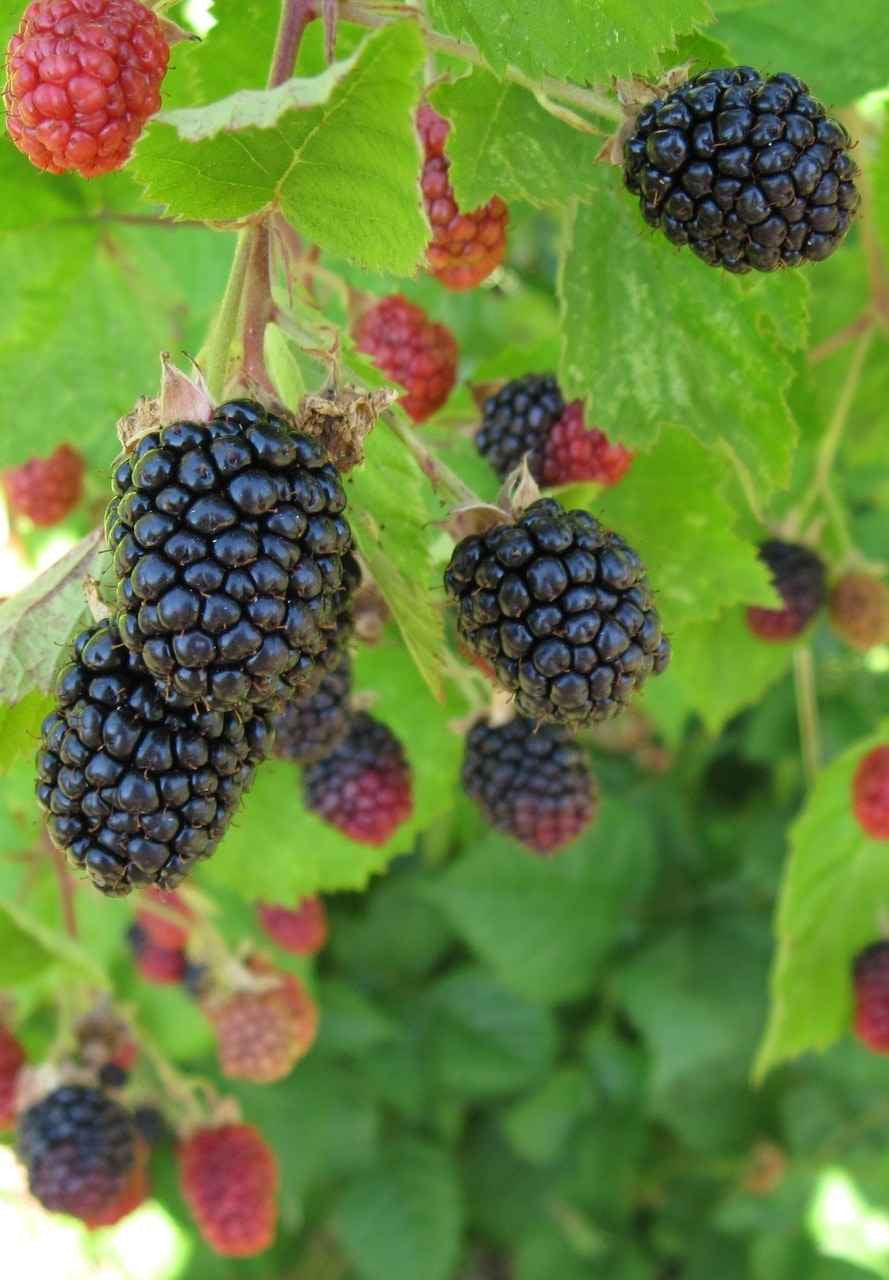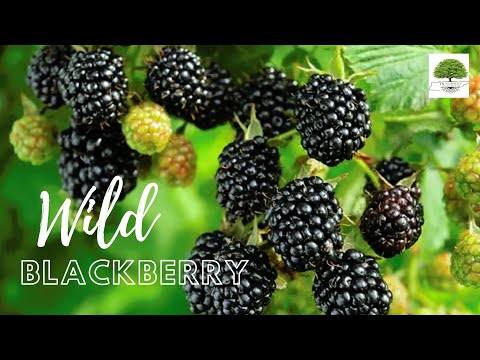Blackberry Plant For Sale
Blackberry plants produce sweet berries in the warm season. They are highly sought after to make pies and cobblers, especially in the South. They are very high in antioxidants and perfect for an organic snack.
Although it’s native to North America, various species of this shrub can be found in South America, Europe, and Asia, growing wild in sunny areas alongside the edges of the woodlines.
How to Identify the Blackberry Plant
The plant is considered a low-growing shrub that can reach a maximum height of five feet. Most bushes are between two and five feet tall, but they can reach widths of up to six feet.
These perennial shrubs are known for their climbing stems that develop hooked spines. The small, deciduous, compound leaves reach lengths of between one and three inches with three leaflets developing together.
The stems contain prickly barbs, making it part of the bramble family of bushes. Depending on the climate where they are planted, these bushes grow white flowers between April and May. In late summer, gardeners can expect these plants to produce berries.
Planting Thornless Blackberry Bushes
Gardeners can enjoy planting them in any part of their yard that receives a lot of sunlight. Since they produce long stems or canes, it may be beneficial to include a trellis or something the bush can climb.
What to Plant
These bushes perform well around other flowers and shrubs. You can plant hyssop to create a focal point in your yard and discourage pests. If you want to ensure your yard attracts pollinators, consider planting borage and bee balm around your Rubus Ursinus bushes. Other plants that thrive around dewberry bushes include tansy, hazelnuts, and serviceberries.
Attract Birds and Bees
Berry plants attract wildlife, which love to forage for pollen, berries, and seeds. Once you plant your Rubus bushes, you can expect to see lots of birds, including kingbirds, woodpigeons, finches, and sterling's. Shop with us and get your blackberry plant today.
Blackberry Plant also attract bumble bees, butterflies, red foxes, chipmunks and wild turkeys. Rubus bushes are renowned for their foliage, flowers, and berries. Gardeners can enjoy planting them and then watching the birds and bees that enter their yards.
Exposure
Blackberry plants thrive in full sun, requiring at least 6-8 hours of natural sunlight daily for optimal fruit production. While they can tolerate partial shade, reduced sunlight may result in fewer berries and smaller fruit size.
Height at Maturity
Under 10 Feet
Usage
Berry
Shipped As
Bare-root
Ships
Planting Zones
5-9




